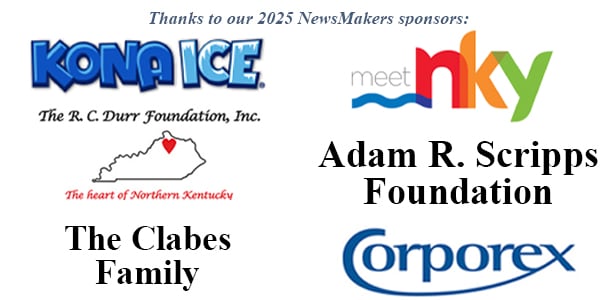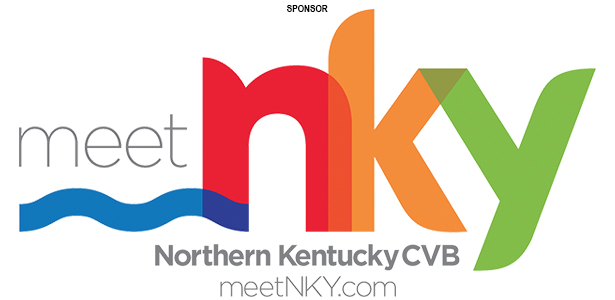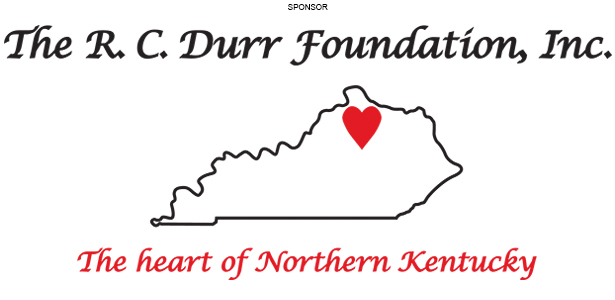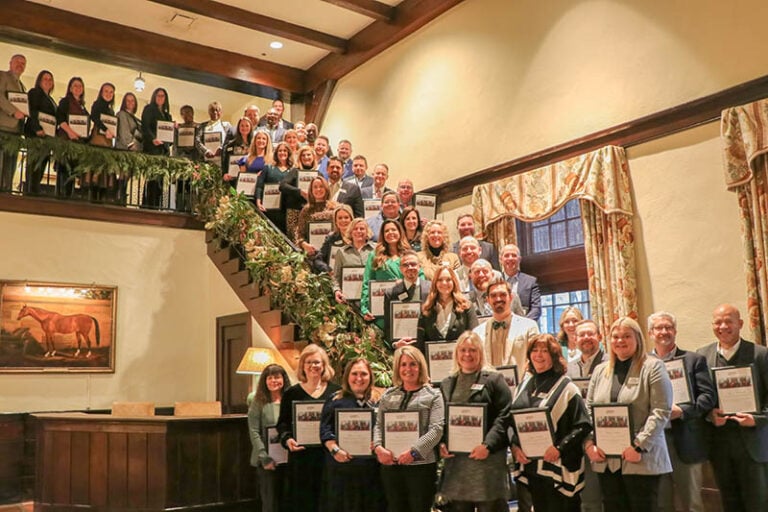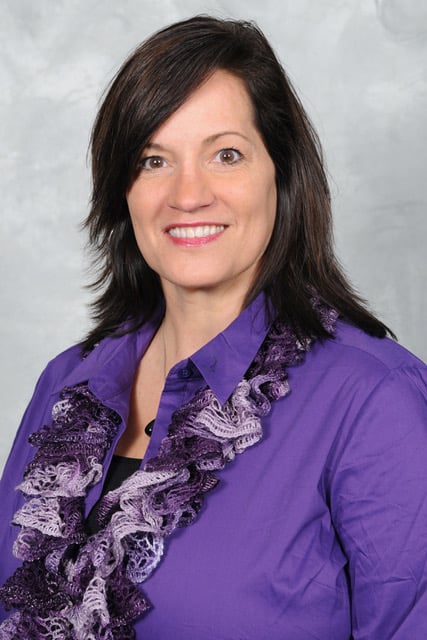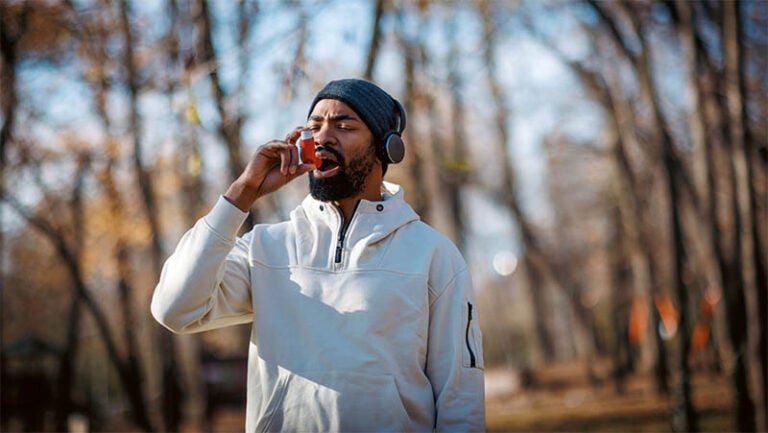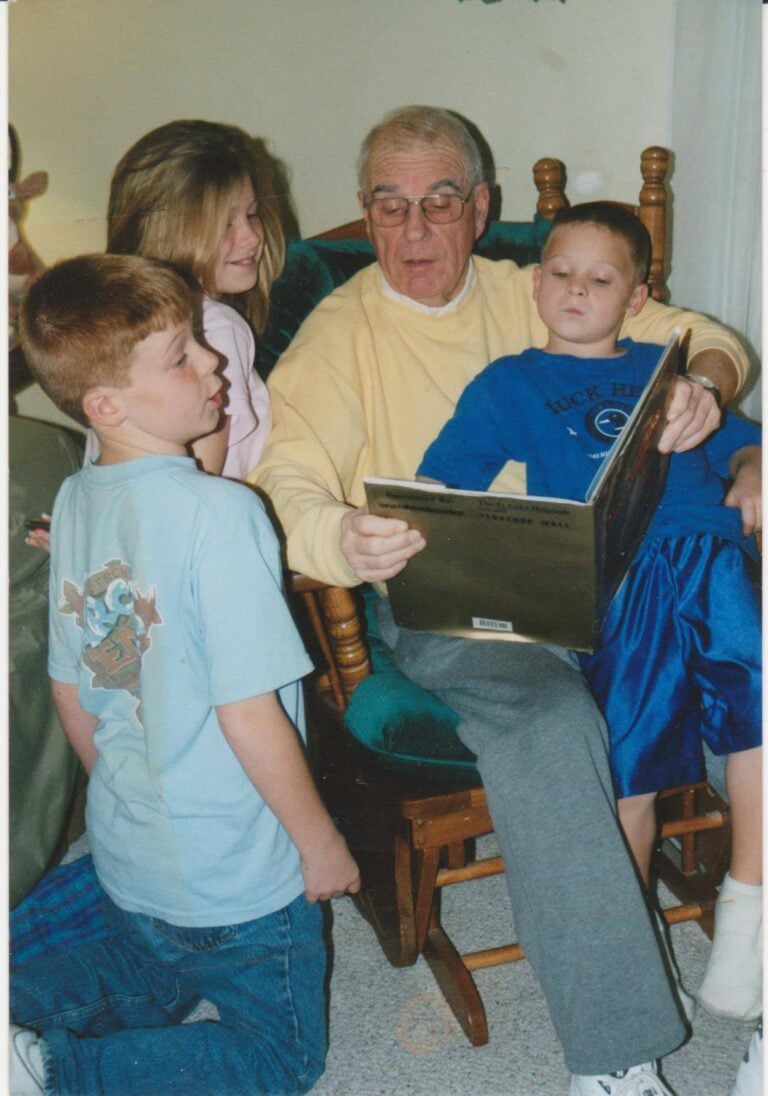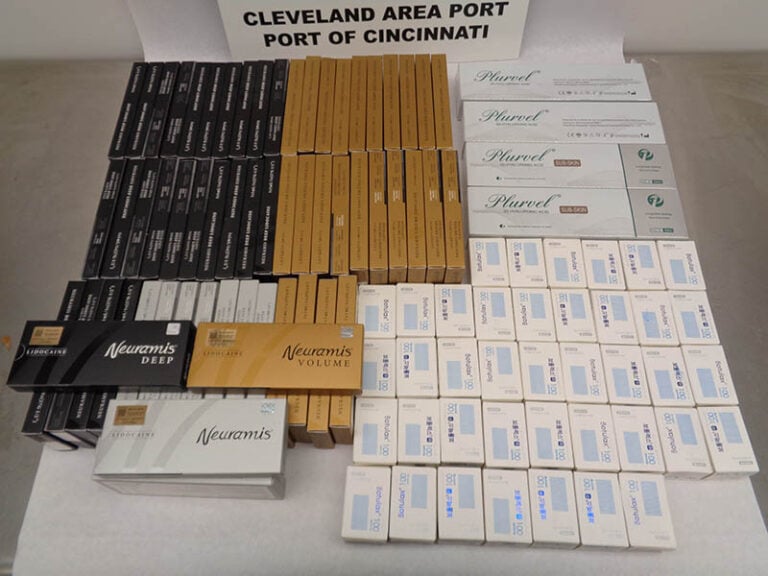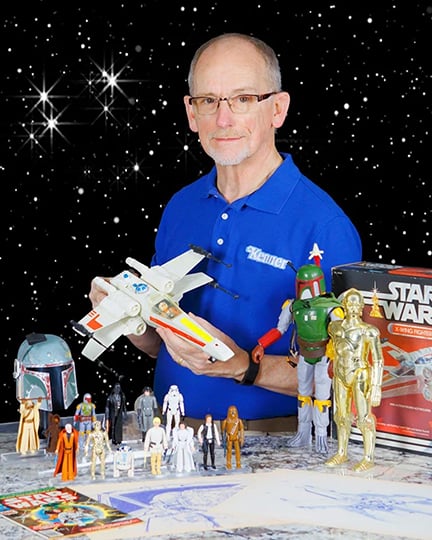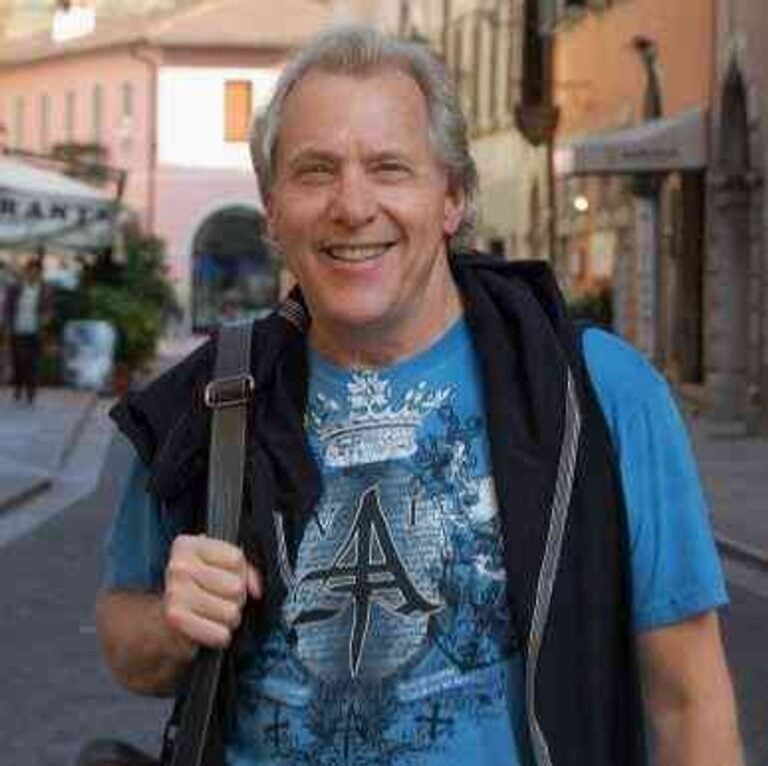By Andy Furman
NKyTribune reporter
Cam Miller has a unique way of keeping things alive. While some may keep artifacts, a scrapbook, or letters — Miller puts it on film.
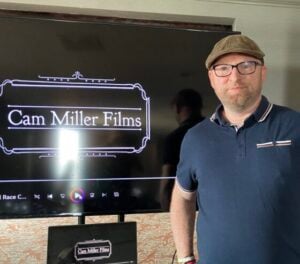
“I have a passion to capture these things,” the Taylor Mill resident told the Northern Kentucky Tribune. “It’s important to keep the past alive.”
For 20 minutes the other afternoon, Miller kept the past alive at the Covington Rotary Club’s weekly meeting at the Radisson Hotel.
It was basically Food and a Flick.
In 20 minutes, he took the group back in time with his documentary – Old Latonia – a deep dive into the history of the region’s racetrack.
Miller is no stranger for showing love to the region. The independent filmmaker, composer, and historian has always had the passion for preserving local history. He has spent over two decades crafting compelling documentaries that celebrate the cultural legacy of the area. Through his lens, regional stories gain new life — celebrating the past, engaging the present, and inspiring future generations.
Latonia Race Track extended from Winston Avenue with its main entrance at the head of Latonia Avenue. Generous purses attracted such equine greats as Epinard, Clyde Van Dusen, Zev, Black Gold, and Equipoise.
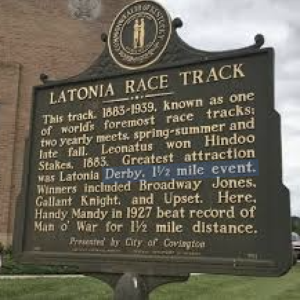
After amassing substantial debts in the 1930s, Latonia Race Track closed after its last race on July 29,1939.
“It took me about two years to make this documentary,” Miller told the Northern Kentucky Tribune.
And how he put it all together, well, is a story.
“I was rehabbing a house in Louisiana at the time,” he said. “It was a friend’s house. And found a diary, based on one James Robertson – born in 1890 – in Latonia Springs – and he was an employee of Latonia Race Track.”
Miller said he talked with the Robertson family about an Old Latonia documentary. “They were a bit hesitant at first with some of their materials,” Miller said. “I had to transcribe that entire diary,” Miller said.
“I knew I wanted to do this film badly,” Miller said, “I grew up in Latonia, and rode my bike in the shopping center, always thinking my bike was a thoroughbred horse.”
That shopping center is the site of the former race track.
In fact, Historical Marker #1853 in Covington notes the historical significance of Latonia Race Track, which sponsored the Latonia Derby for many years.
“One day I’d like to see a statute for Old Latonia,” Miller said.
Latonia quickly became a favorite venue for horse racing for fans for a number of reasons, according to the film, which Miller narrates. First, the course was aesthetically pleasing. “It featured a white and green grandstand, with a lake and flower garden in the infield of the oval,” Miller said.
In its early years, people attended the races by horseback or carriage Later, the Covington streetcar line was extended to the course.
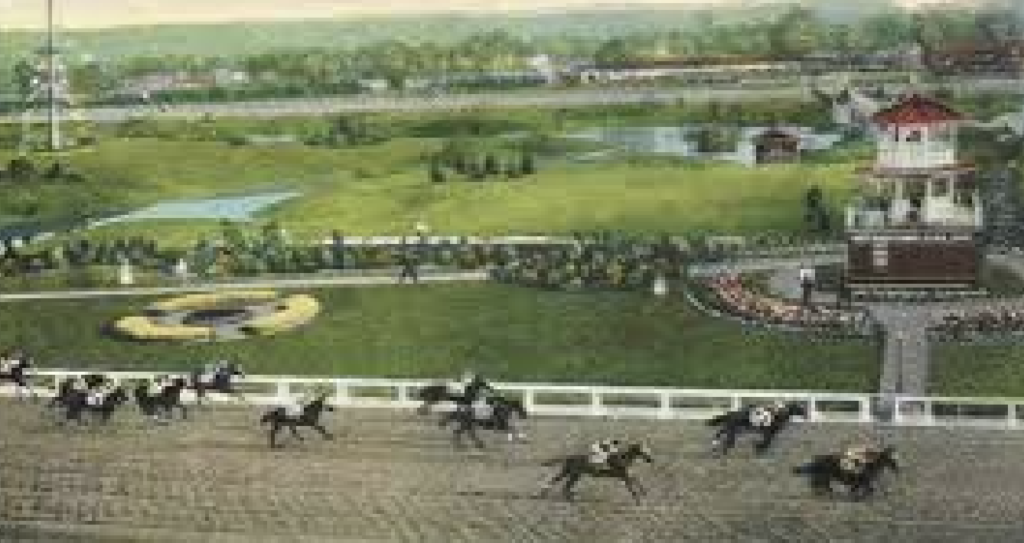
Secondly, Latonia hosted some of the most exciting races of the late nineteenth and early twentieth centuries.
The Latonia Derby, which occurred six weeks after the Kentucky Derby, was the track’s premiere race. In 1912, a silent film titled, “Winning the Latonia Derby,” was released.
The film caught then President Franklin D. Roosevelt speaking at the Covington oval, July 8, 1938. “I knew about Latonia from reading the newspapers,” he said in the film. Some 25,000 people were in attendance that day.
The very first race, shown in the documentary, was Saturday, July 9, 1883. Leonatus won the feature race that day in front of 18,000 spectators. Jockey Isaac Murphy was the winning jockey; and Murphy went on to win five Latonia Derby races and three Kentucky Derby’s.
Young James Robertson got his job at Old Latonia in 1905, according to Miller’s archives. In 1931, a movie, Sporting Blood with Clark Gable was shot around Latonia.
The very last race – July 29, 1939 – was won by Catalonia. In 1942 the race track was demolished.
“It was a slice of heaven on Earth,” wrote James Robertson.
It was 20 minutes of enjoyment the other afternoon


